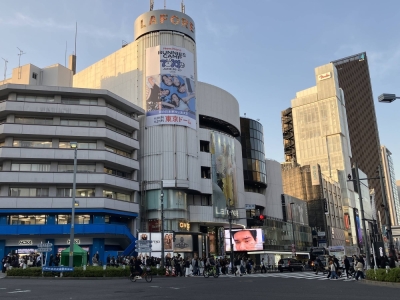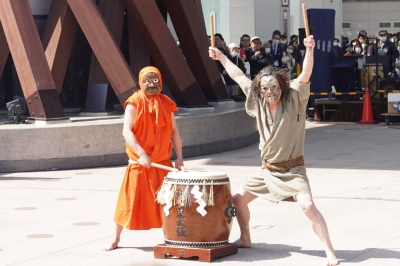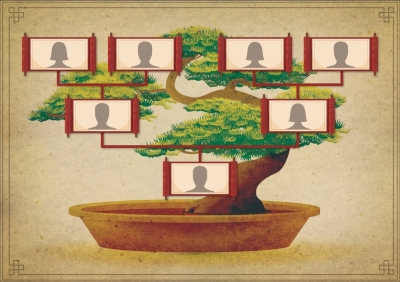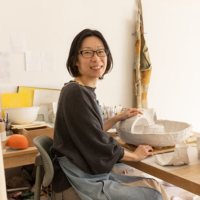THE ASIAN BOOKSHELF
Jun 20, 2000
Jun 14, 2000
Jun 6, 2000
May 30, 2000
May 23, 2000
May 16, 2000
May 9, 2000
May 2, 2000
Apr 25, 2000
Apr 4, 2000
Feb 1, 2000
Dec 1, 1999
Nov 24, 1999
Nov 17, 1999
Nov 10, 1999
Nov 2, 1999
Oct 26, 1999
Oct 19, 1999
Aug 31, 1999















